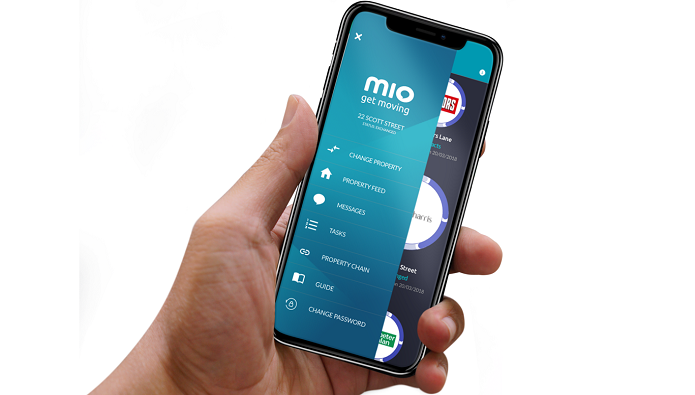What are the pros and cons of having a dedicated sales progressor vs having sales negotiators managing their own pipeline?
Estate agents are salespeople. They thrive on winning the listing, chasing the next sale and they are under constant pressure to hit targets.
So being out on appointments or on the telephone focusing on new business often means there is little time for admin and paperwork.
Irrespective of whether you have a dedicated sales progressor or negotiators managing their own pipeline, ensuring they understand the end-to-end customer journey is vital.
• They become better salespeople if they truly understand the entire process.
• They represent your brand in the high street and online – a trusted and respected brand will drive more profitable business.
• Accountability for their actions makes it easier for the business owners to measure an individual’s financial performance. After all, a sale is not a sale until the invoice is banked.
• The business becomes more agile during periods when staff are absent, but sales still need progressing.
Dedicated resource for sales progression would also seem logical. However, it also carries its risks. A business can become too reliant on one individual – a single point of failure if they leave or when they take holiday. It can also make ‘the team’ become lazy.
Recruiting for a replacement takes time and you could be left with an interim problem that is hard to manage. Why? Because if sales negotiators don’t have the skills to be able to step up and take responsibility for their own pipeline, then your customer service suffers, your transactions will take longer and the risk of fall throughs increases.

If you don’t have the right people with the right skill set to progress sales, the net result is that you might agree a lot sales, but your pipeline conversion slows down because the focus is on selling and the sales progression gets forgotten about.
The sale is not complete until the invoice is banked so agents simply cannot afford to ignore this if they want to survive. That’s where technology platforms like mio can help an agent's business. It empowers them to better manage their pipeline in a simple, easy and cost-effective way.
Size and profitability of a business can often determine the approach because having a dedicated sales progressor is another overhead. A good negotiator will have already built a deep understanding of their vendors and buyers, so if you cannot afford the additional overhead then you need to upskill your remaining team.
Operating with a dedicated progressor still requires teamwork across the branch. Something to avoid is where an agreed sale is thrown over the fence at the sales progressor to piece together.
It should be the responsibility of the negotiator who has tied up the sale to take responsibility for qualifying and building the chain before the handover. Digital chain building in mio makes this very easy to achieve.
With mio, your pipeline becomes more manageable because the dashboard alerts you to overdue milestones. Prioritising your time becomes easier by nature of the alerts, with the added benefit that some milestones are automatically updated through validated data feeds, helping to relieve some of the burden placed on the agent.

The chain building tools provided by mio make it simple and easy and because its digital, everyone is working from a single view of the chain – no more duplication of effort and more transparency across the chain and within branch.
So even operating with the dedicated resource model means that everyone can still share and play their part and develop a knowledge and understanding of the process from the layout of the mio milestones.
Book a mio demonstration here.
*Emma Vigus is managing director of mio



























Join the conversation
Be the first to comment (please use the comment box below)
Please login to comment